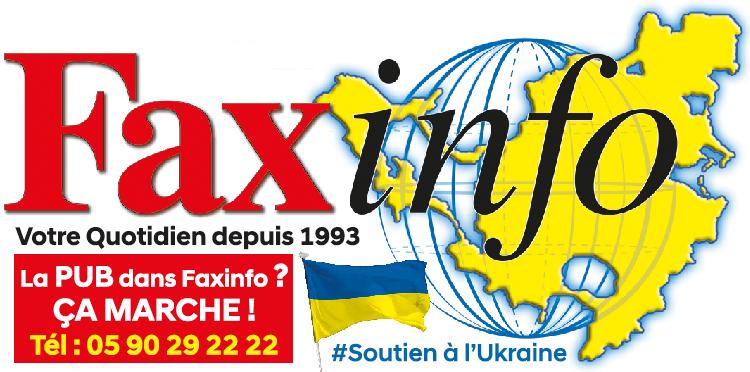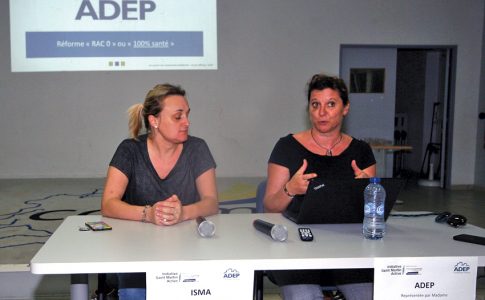The day after Irma, it was estimated that 5000 end-of-life vehicles (ELVs) would have to be appraised first - for those insured against all risks - then removed and transported to the ecosite, in charge of depollution of these wrecks.
And that was without counting the carcasses abandoned here and there for years. The day after Irma, the president of the Collectivity Daniel Gibbs and his team made it a point of honor to set up a free collection system, in order to clean our tourist territory of this visual pollution.
This work - colossal! - is insured on the one hand by insurers taking care of their customers' vehicles themselves, on the other hand by garages, gendarmes, private persons anxious to respect the regulations, but also by the Collectivity, by the through the Environment and Living Environment department, which collects wrecks abandoned on public roads and they are always more numerous. Today, almost a year after the cyclone hit, we continue to see the sad spectacle of abandoned carcasses along the roads. Why ? Quite simply because the depollution of vehicles is a legal obligation before their shredding and their transport to an approved recycling site. However, this work takes time and the ecosite can only clean up 40 to 50 vehicles per day, despite more teams.
The private domain remains private
But also because the Collectivity does not have the legal right to intervene in the private domain, in particular in collective residences, to the chagrin of the trustees and neighbors. “You can't remove a car without being sure the owner agrees,” says Steven Patrick, vice-president in charge of the sustainable development division. To have a vehicle removed from private property, it is therefore imperative to go to the environment department located in the premises of the old hospital with the registration document, to sign a waiver and to request the removal. Exception: when the vehicle is reduced to the state of a carcass, the community can intervene, but accompanied by the territorial police, who ascertains the facts. On the public domain, the abandonment of the vehicle is noted, a red cross is painted on the bodywork and a file is created for each car, in case the owner ends up making himself known. This sheet is sent to one of the two service providers responsible for transporting the wrecks to the ecosite. The depollution of these ELVs takes place at the ecosite, as provided for by European standards.
There is wreckage and wreckage ...
Two cases arise. Either the vehicle is a recent economic wreck on which spare parts and locally salable items can be recovered, and this manual sorting only allows 5 to 7 vehicles to be processed per day. The empty carcasses are then flattened and sent in containers to recycling sites, including a site in Taiwan. Either the wreck is old and in poor condition and then passes through an automatic depollution workshop where sorting is done mechanically, at a rate of 6 to 8 ELV per hour. All metals are sorted and the steel crushed. This ISO 14001 qualified workshop - the equivalent of a three Michelin stars - has an international certificate and is subject to regular checks, with the aim of respecting the environment. In all cases, employees start by detonating the airbags, remove the batteries, recycled separately, then drain all the liquids. Today, the priority of the ecosite is to treat the sheets stored on site, in order to free up surface for the ELVs, which will gradually all leave the island.
The collection of VHU in figures
1959 ELVs were deposited at the ecosite between October 2017 and June 30, 2018:
754 by the Collectivity - 123 by the garages - 20 by individuals
885 by insurance companies - 41 by the gendarmerie
136 by other means - 1085 of these end-of-life vehicles had been decontaminated and destroyed as of June 30, 2018, a colossal job carried out by the public authorities over a period of 10 months.
In this area, as in that of cleaning, everyone must play their part and contribute to the building, in particular by avoiding leaving a wreck in the public domain and by requesting their removal on 0590 52 27 30 - Environment and Community living environment.
6,438 total views






No comments